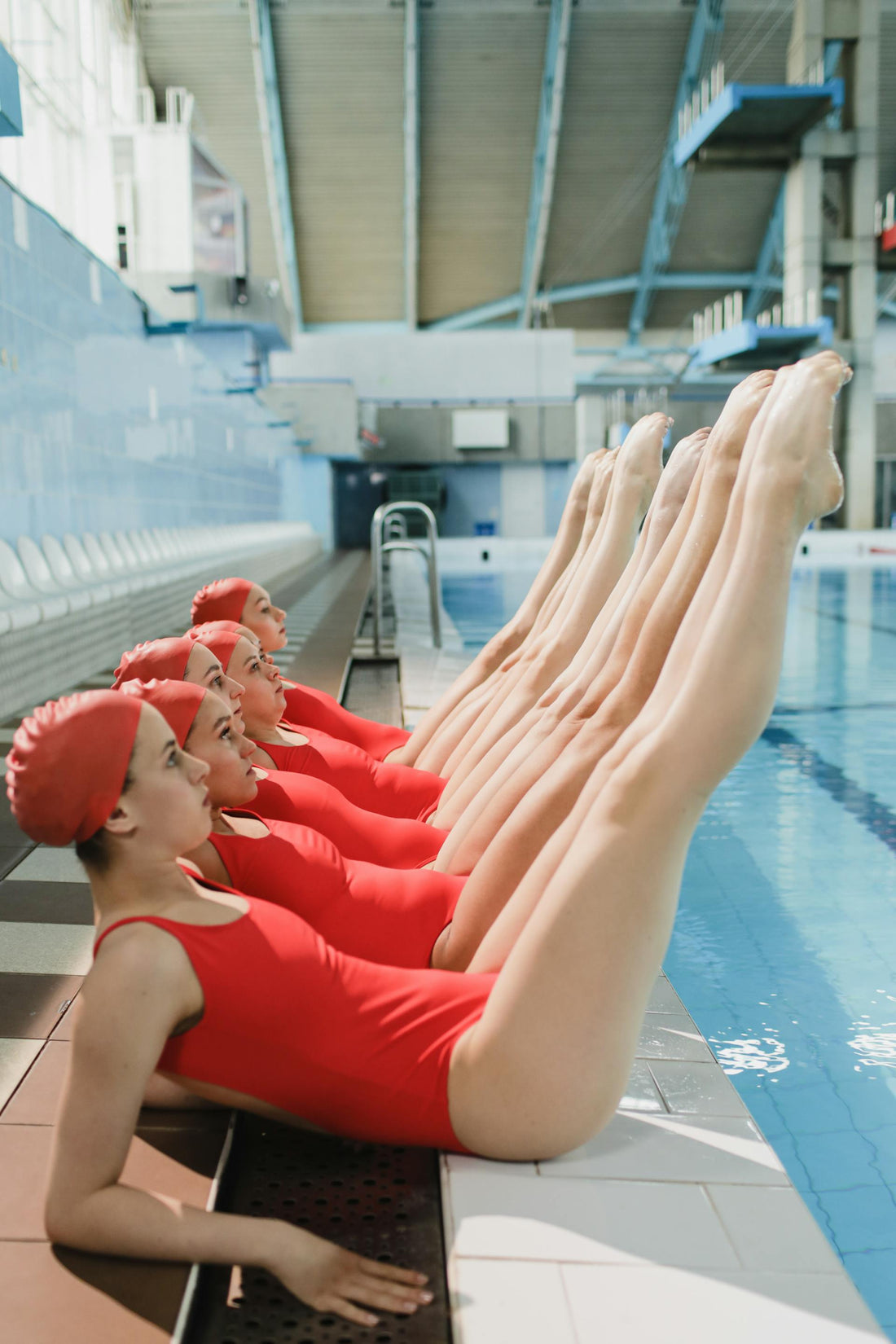
How 2024 Olympic Artistic Swimmers Protect Their Hair from Chlorine Damage
Share
Artistic swimming, a blend of dance, gymnastics, and swimming, is not only a test of endurance and flexibility but also a challenge for hair care. Chlorine, the necessary evil in swimming pools, can turn even the healthiest hair into a dry, brittle mess. Artistic swimmers, however, have mastered the art of protecting their hair from chlorine damage. Here’s an insider look at the techniques they use to keep their hair healthy and beautiful.
Knoxing - The Gelatin Secret: Artistic swimmers often turn to a unique method known as "Knoxing" to protect their hair from chlorine. This technique involves using powdered gelatin to create a robust, waterproof barrier. Here’s a step-by-step on how they achieve this:
- Preparation: Mix powdered gelatin with hot water to form a gel-like consistency.
- Application: While still warm, this mixture is combed into the hair, which is typically styled in a tight braided bun.
- Function: As the gelatin cools and hardens, it forms a protective shell around the hair, keeping chlorine at bay and ensuring the hairstyle remains intact throughout performances.
Swim Caps - The Classic Barrier: A staple in any swimmer’s kit, the swim cap, is crucial for protecting hair from chlorine. Artistic swimmers often choose from a variety of materials to find the perfect fit and protection:
- Silicone Caps: These are highly durable and provide an excellent seal against water.
- Latex Caps: Lightweight and offering a snug fit, latex caps are effective but may cause allergies in some swimmers.
- Lycra Caps: Although softer and more comfortable, Lycra caps might not provide as tight a seal as silicone or latex.
- Choosing the Right Cap: The key is to find a swim cap that fits snugly and comfortably to prevent water from seeping in.
Hair Oils - The Natural Protector: Before hitting the pool, many artistic swimmers coat their hair with natural oils to protect it from chlorine. Here’s why this technique works so well:
- Types of Oils: Commonly used oils include olive oil, coconut oil, and baby oil. These oils form a protective barrier on the hair, reducing chlorine absorption.
- Application Process: Apply a thin layer of oil to the hair before putting on a swim cap. This adds an extra layer of protection and keeps the hair hydrated.
- Added Benefits: Besides shielding the hair from chlorine, these oils also provide hydration, protect against sun damage, and enhance the hair’s shine.
Artistic swimmers go to great lengths to protect their hair from the damaging effects of chlorine. Whether through innovative techniques like Knoxing, the reliable protection of swim caps, or the natural defense of hair oils, they’ve developed strategies that keep their hair healthy and strong. While these tips are essential for professional athletes, they can be equally beneficial for anyone who enjoys swimming.
However, hair and skin care doesn't stop at the pool. Using Puriphied showerheads can significantly enhance your hair care routine by filtering out chlorine and other harmful contaminants from your shower water. After a swim, a shower with a Puriphied showerhead helps to wash away residual chlorine, ensuring that your hair remains hydrated and protected. By incorporating these proven techniques along with the advanced filtration of Puriphied showerheads, you can effectively safeguard your hair from chlorine damage, keeping it looking vibrant and healthy all year round.
